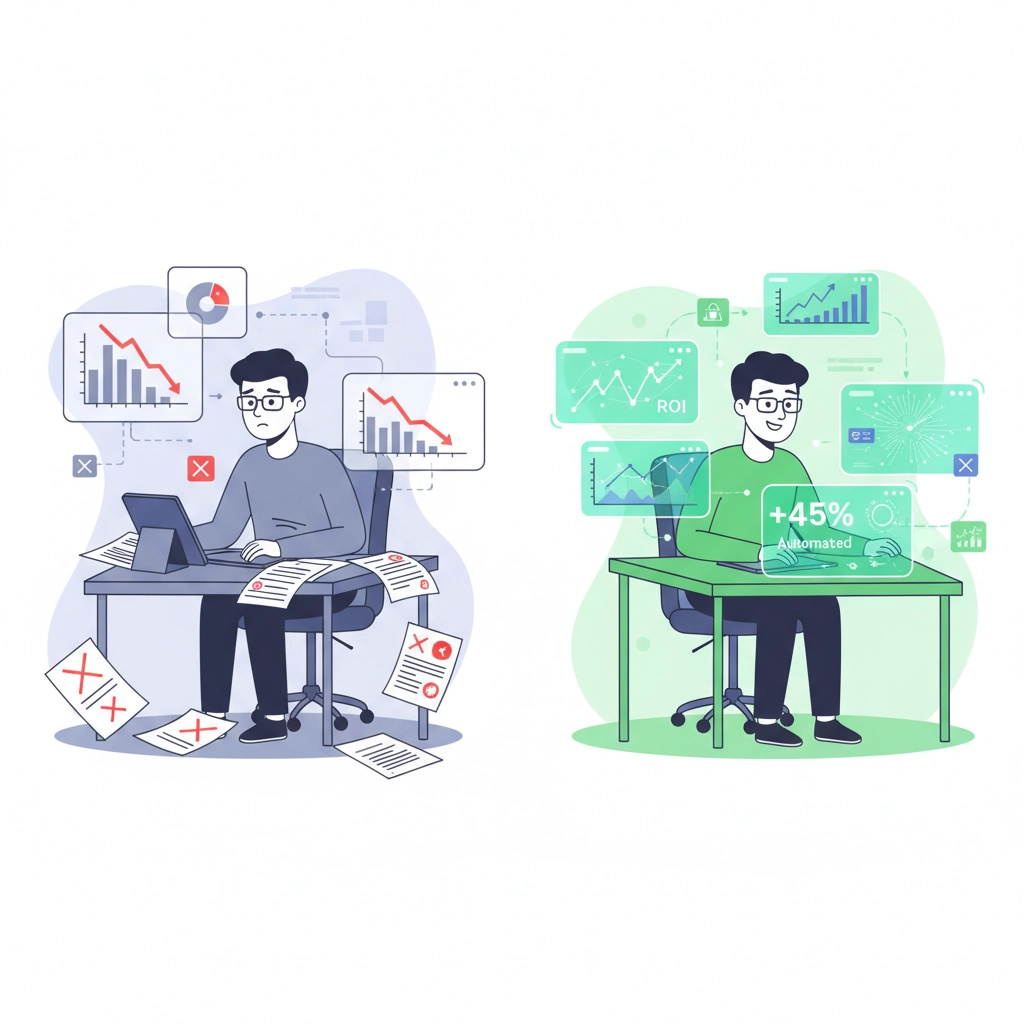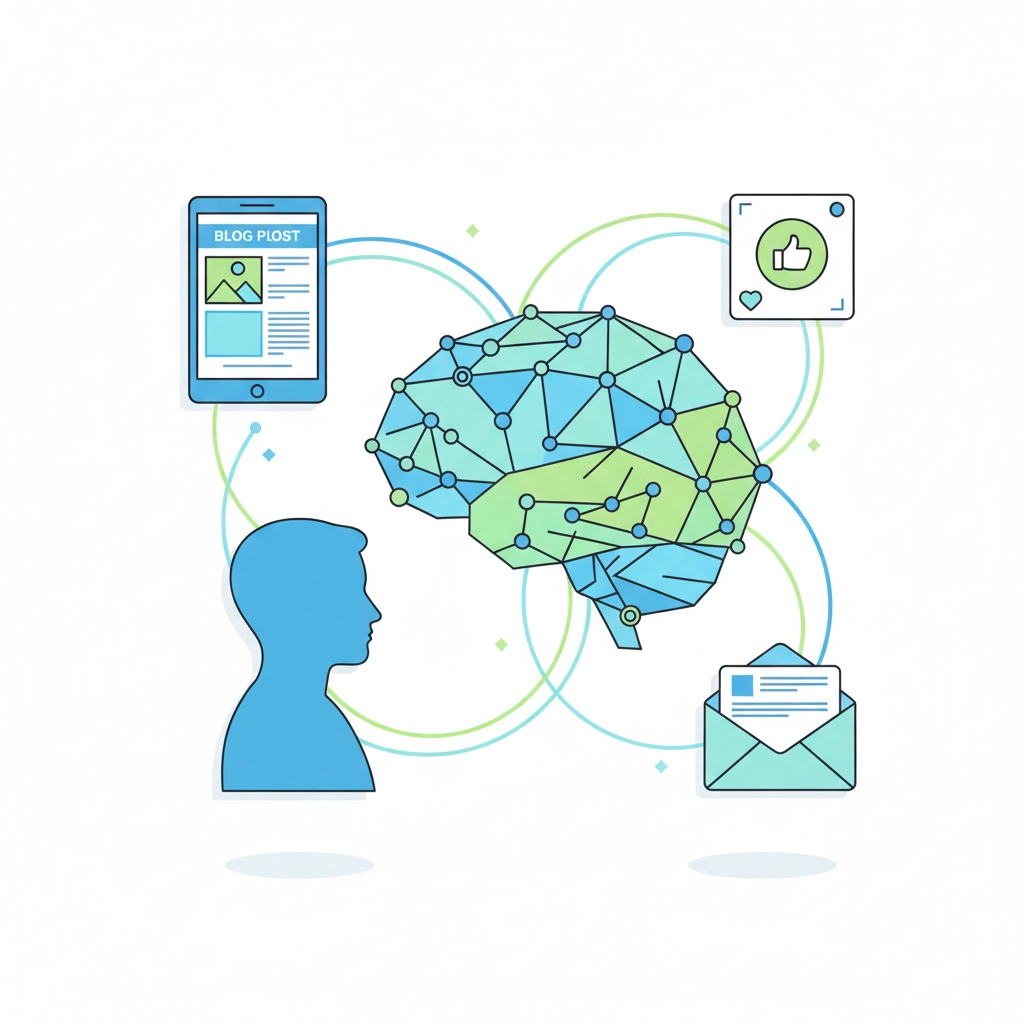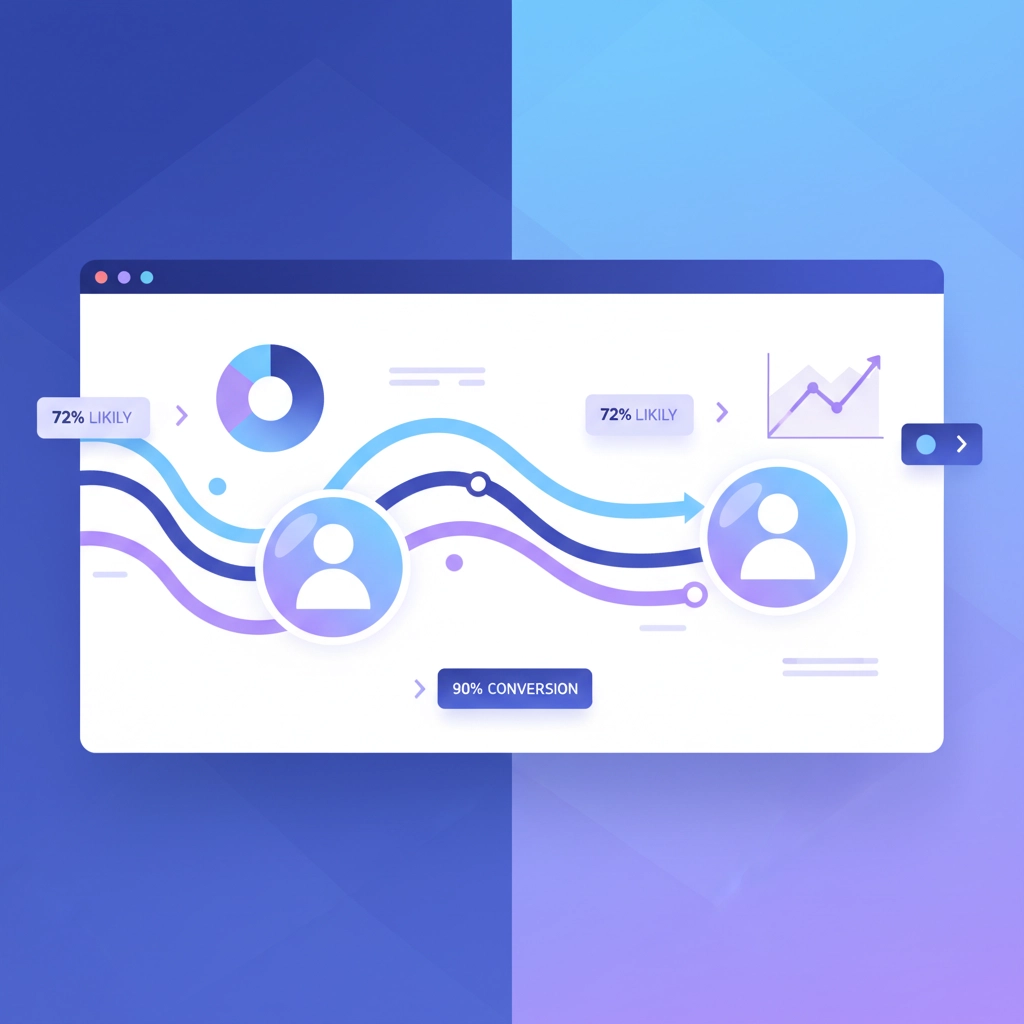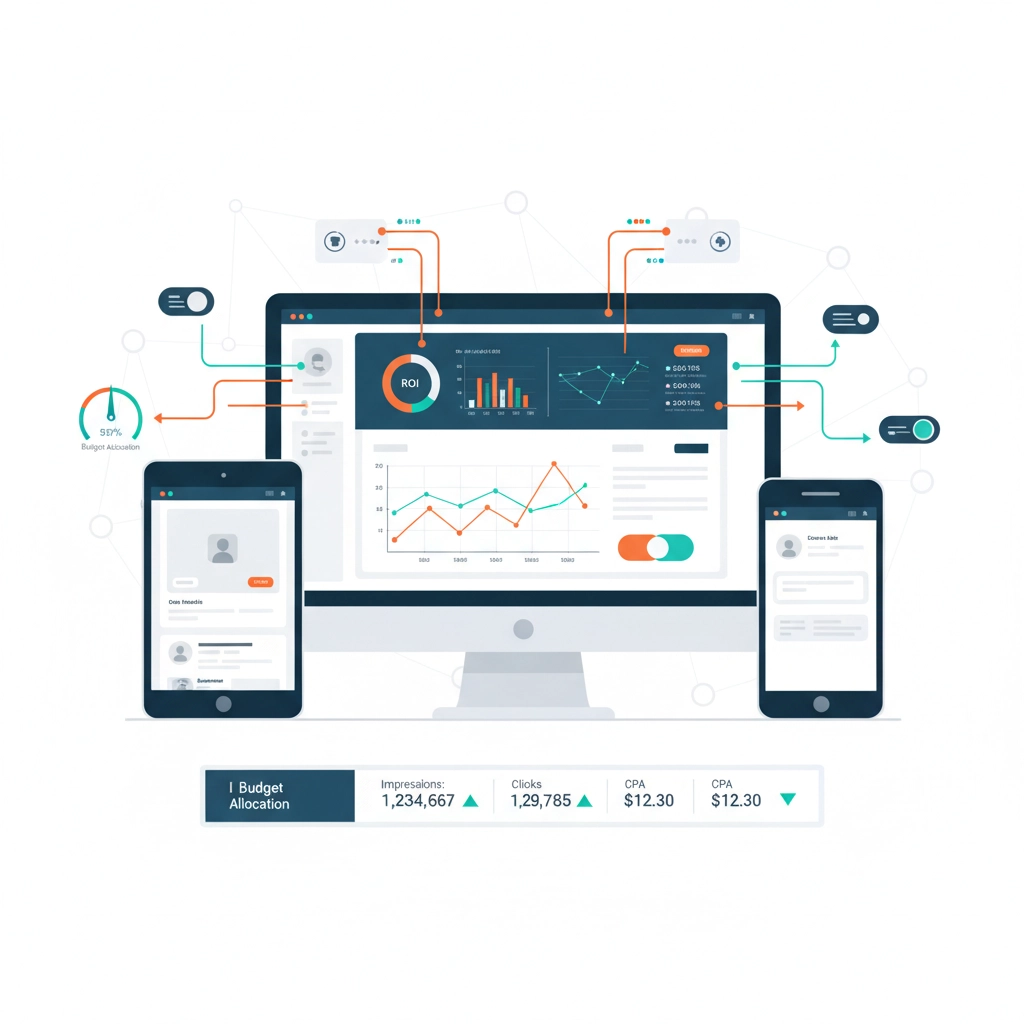Remember when “going digital” was the big marketing revolution? Well, hold onto your coffee cups because we’re in the middle of another seismic shift. If you’re still running your digital marketing campaigns like it’s 2019, you’re probably wondering why your results feel… well, meh.
Here’s the thing: 88% of marketers are already using AI in their daily work. But here’s what’s wild – most of them are just scratching the surface of what’s actually possible. You don’t need to become a tech wizard overnight, but you do need to understand how AI can amplify your marketing efforts (not replace your creative genius).
Let’s dive into the strategies that are actually moving the needle in 2025.
Why Your Current Digital Marketing Strategy Feels Like Swimming Upstream
You’ve probably noticed it – your engagement rates aren’t what they used to be, your ad costs keep climbing, and somehow your competitors seem to be everywhere at once. Sound familiar?
The reality is that consumer behavior has evolved faster than most marketing strategies. Today’s customers expect personalized experiences, instant responses, and content that feels like it was created just for them. The old “spray and pray” approach? It’s not just ineffective – it’s expensive.

But here’s the good news: AI isn’t here to make marketing more complicated. It’s here to help you work smarter, not harder. Think of it as your incredibly organized, data-savvy assistant who never sleeps and remembers everything about your customers.
Strategy #1: Hyper-Personalization That Actually Feels Personal
Let’s start with personalization – but not the “Hi [First Name]” kind that makes everyone cringe. I’m talking about the kind of personalization that makes your customers think, “How did they know exactly what I needed?”
AI can analyze thousands of data points about your audience – their browsing behavior, purchase history, time spent on different pages, even the devices they use. But here’s the secret: the magic happens when you combine this data intelligence with genuine human insight about your industry and customers.
For example, if you’re a B2B company, AI can help you create different website experiences based on company size, industry, and where someone is in their buyer’s journey. But you’re the one who knows that CFOs care about ROI while IT directors worry about implementation complexity.
Your Action Step: Start with one personalization element. Maybe it’s customizing your email subject lines based on past engagement, or showing different homepage content to returning visitors. Small steps, big impact.
Strategy #2: Content Creation in the AI Era (Without Losing Your Soul)
Here’s something that might surprise you: 52% of consumers engage less with content when they suspect it’s AI-generated without human input. This doesn’t mean AI is bad for content – it means you need to use it strategically.
The sweet spot? Use AI for the heavy lifting (research, initial drafts, optimization) while you focus on what makes your brand unique – your voice, your expertise, your stories.

AI excels at analyzing what content performs best in your industry, identifying gaps in your current content strategy, and even helping optimize your existing content for search engines. But it can’t replicate your 15 years of industry experience or that time a client’s question completely changed how you think about your service.
Your Action Step: Try using AI to create content outlines based on trending topics in your industry. Then add your personal insights, client stories, and unique perspective to bring it to life.
Strategy #3: Predictive Analytics (AKA Your Marketing Crystal Ball)
Imagine knowing which prospects are most likely to become customers before they even fill out a contact form. Or being able to identify which current customers might be thinking about jumping ship. That’s the power of predictive analytics.
AI can analyze patterns in customer behavior that would take humans months to identify. It can predict which leads are most likely to convert, which customers might need additional support, and even which products or services someone might be interested in based on their current behavior.

But remember – data tells you what’s happening, but you need to understand why it’s happening and what to do about it. That’s where your expertise becomes invaluable.
Your Action Step: Start tracking one predictive metric. Maybe it’s identifying which website behaviors correlate with conversions, or which email engagement patterns predict customer loyalty.
Strategy #4: Real-Time Optimization (Because Time Is Money)
Remember the days when you’d launch a campaign and cross your fingers for a week? AI has changed that game completely. Now your campaigns can adjust in real-time based on performance data.
AI can automatically shift budget to better-performing ads, adjust targeting parameters when it finds more receptive audiences, and even modify ad copy based on what’s resonating. It’s like having a campaign manager who never sleeps and makes decisions based on data, not hunches.
This doesn’t mean you’re out of the loop – you’re setting the strategy, defining the goals, and providing the creative direction. AI is just executing your vision more efficiently than any human could.
Your Action Step: Choose one campaign element to automate. Maybe it’s bid adjustments in your Google Ads or automatic A/B testing of email subject lines. Start small and scale up as you get comfortable.
Strategy #5: AI-Powered Advertising That Actually Converts
Programmatic advertising has gotten incredibly sophisticated. AI can analyze millions of data points in milliseconds to determine the best ad placement, timing, and creative for each individual user. It’s like having a media buyer with superhuman reflexes and perfect memory.
But here’s what many marketers miss: the creative strategy still needs to come from you. AI can optimize delivery, but it can’t create compelling brand stories or understand the emotional triggers that drive your specific audience.

Your Action Step: If you’re already running digital ads, explore the automated features in your current platform. Most major platforms now offer smart bidding, automated audience expansion, and dynamic creative optimization.
Getting Started: Your 30-Day AI Marketing Action Plan
Feeling overwhelmed? Don’t be. You don’t need to implement everything at once. Here’s how to start:
Week 1: Audit your current tools. Many platforms you’re already using (like Google Analytics, Facebook Ads Manager, or your email platform) have AI features you might not be using yet.
Week 2: Pick one area to focus on. Maybe it’s personalizing your email campaigns or automating your social media posting schedule.
Week 3: Implement and test. Start with a small segment of your audience or a portion of your budget.
Week 4: Analyze and adjust. What worked? What didn’t? What surprised you?
The key is to start where you are, with what you have. You don’t need a complete overhaul – you need strategic improvements.
The Human Element: What AI Can’t Replace
Here’s what I want you to remember as you explore these AI-powered strategies: technology amplifies human creativity and strategic thinking; it doesn’t replace it. Your industry knowledge, your understanding of your customers’ pain points, your ability to build genuine relationships – these are irreplaceable.
AI is incredibly good at processing data, identifying patterns, and automating tasks. But it can’t feel empathy for a frustrated customer, understand the nuances of your industry’s challenges, or create authentic brand experiences that build lasting relationships.
The most successful marketers in the AI era are those who master the balance between technological efficiency and human connection. They use AI to handle the heavy lifting so they can focus on strategy, creativity, and building meaningful relationships with their customers.
Ready to stop swimming upstream and start riding the current? The AI era of digital marketing isn’t just coming – it’s here. And the businesses that embrace it strategically, while staying true to their human core, are the ones that will thrive.
What’s your first step going to be? I’d love to hear about your experiences as you start implementing these strategies. After all, the best marketing strategies are the ones that evolve through real-world testing and genuine human insight.